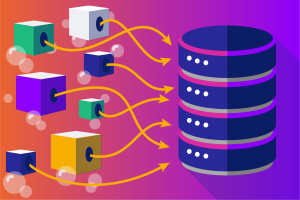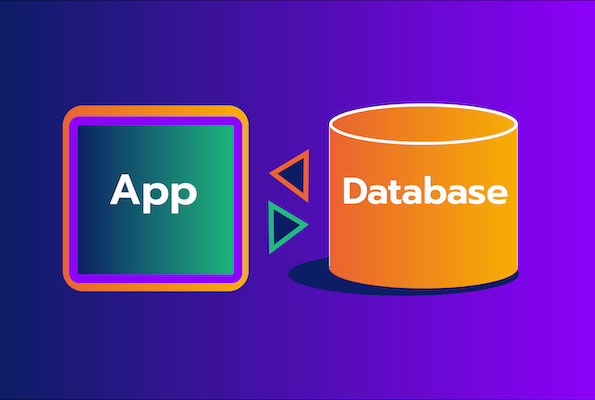CodeLogic Blog
Explore the evolving role of SQL stored procedures in modern application development. Learn about their pros, cons, and how tools like CodeLogic are transforming the way we manage them

The DevOps Toolchain & Automating Code Mapping Within Your Dev Process
CodeLogic breaks down why automated code mapping should be a core component of every teams’ DevOps toolchain.

Application Dependency Mapping: Helping Your Dev Team Be More Productive
Learn how Application Dependency Mapping can help discover the depths of your system’s architecture and visualize application code with ease.

Refactoring Monolithic Architecture to Microservices: Worth It?
CodeLogic delves into monolithic architecture and microservices, answering when they should be used, and if refactoring really is worthwhile.

Database Migration? Don’t Forget Your Apps
Learn more about database migration and how to make the process easier! Check out CodeLogic to get started migrating your database with ease.

5 Ways a Dependency Map Improves Software Development
Software development has a ton of moving pieces. Find out how a dependency map improves software development.

Faster Release Cycles with Architecture Optimization [Video]
Learn how to utilize software architecture optimization tools to achieve faster release cycles in this video by CodeLogic’s VP of Product Management.

4 Key Steps for Successful Developer Onboarding
A developer’s first few weeks on a new project can be challenging. They’re working with a new development team, learning new tools…

CodeLogic, Inc. Secures $16 Million in Series A Funding
CodeLogic, Inc., announced $16 million in Series A funding, securing significantly more than the originally intended amount.

Software Logic: How Shorter Release Cycles Reduce Stress
I’ve been fortunate to have worked with many high-functioning, high-output teams that can produce and release quality software quickly…

